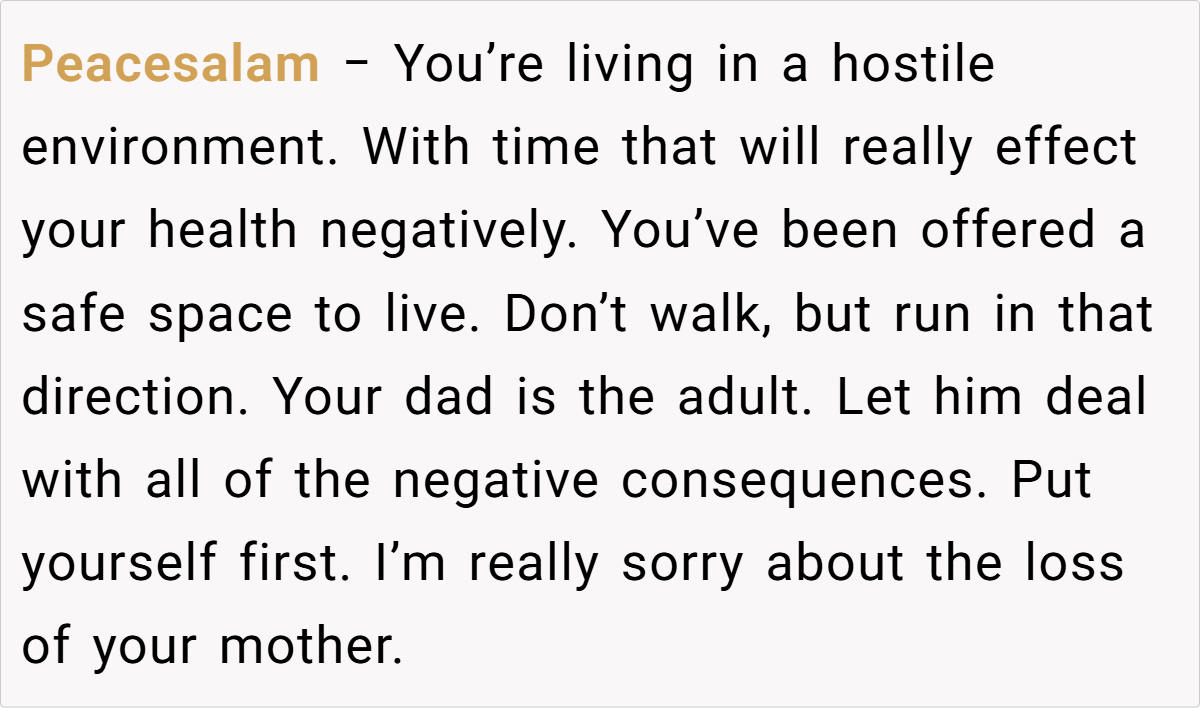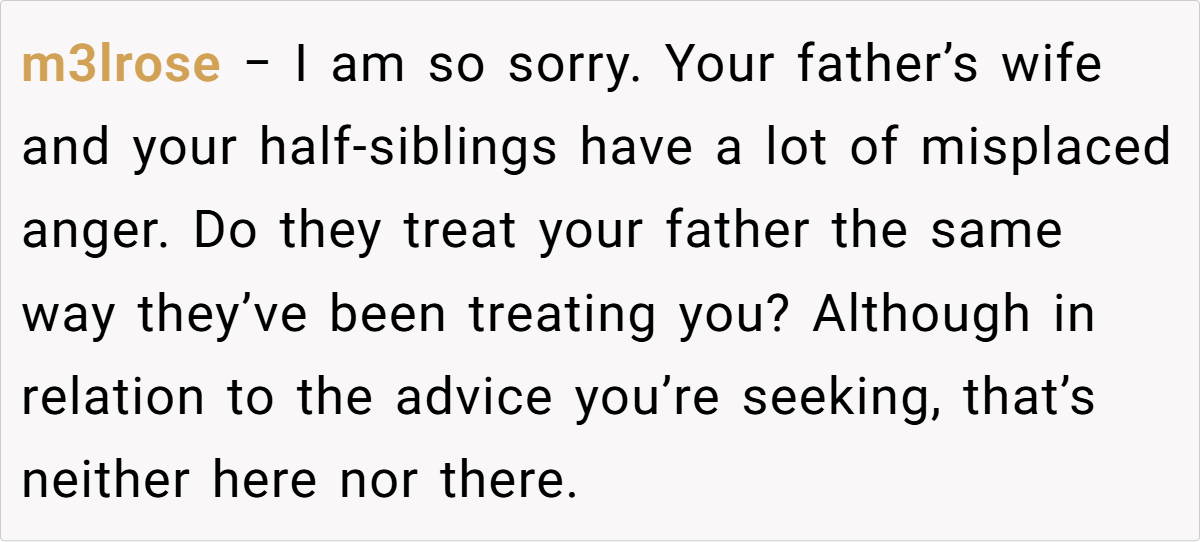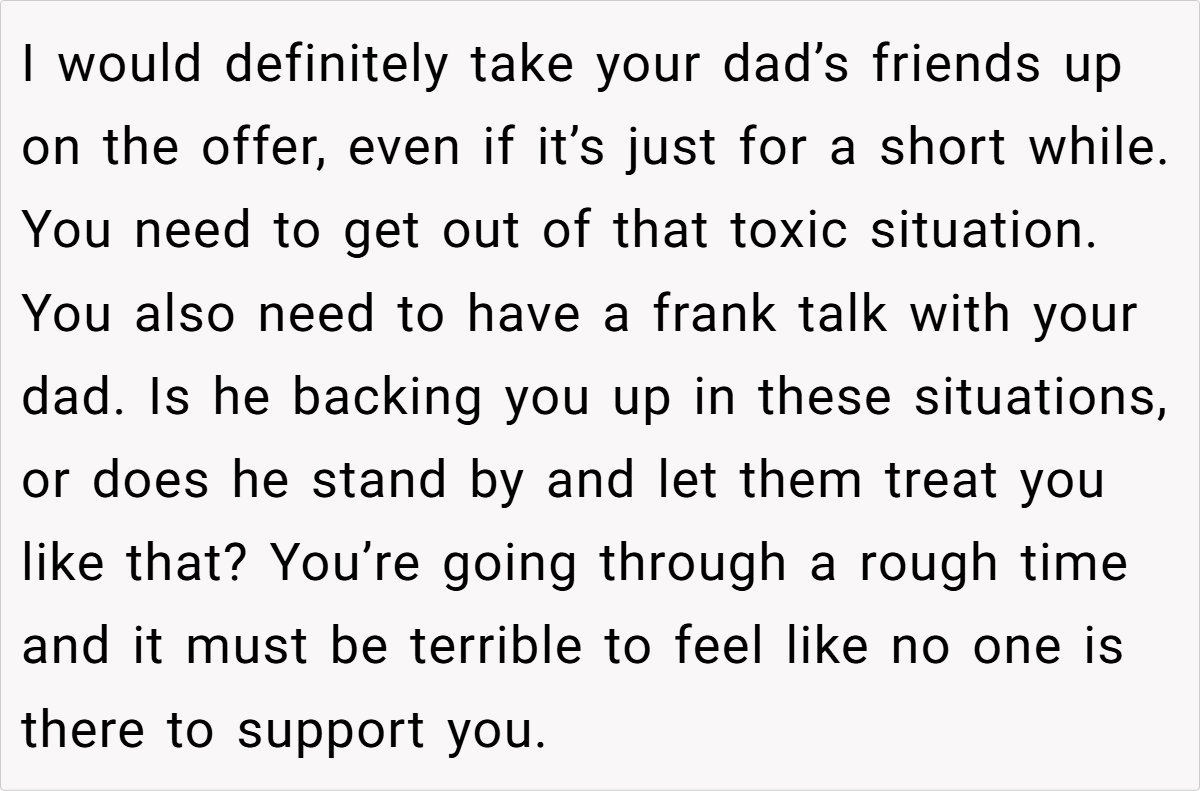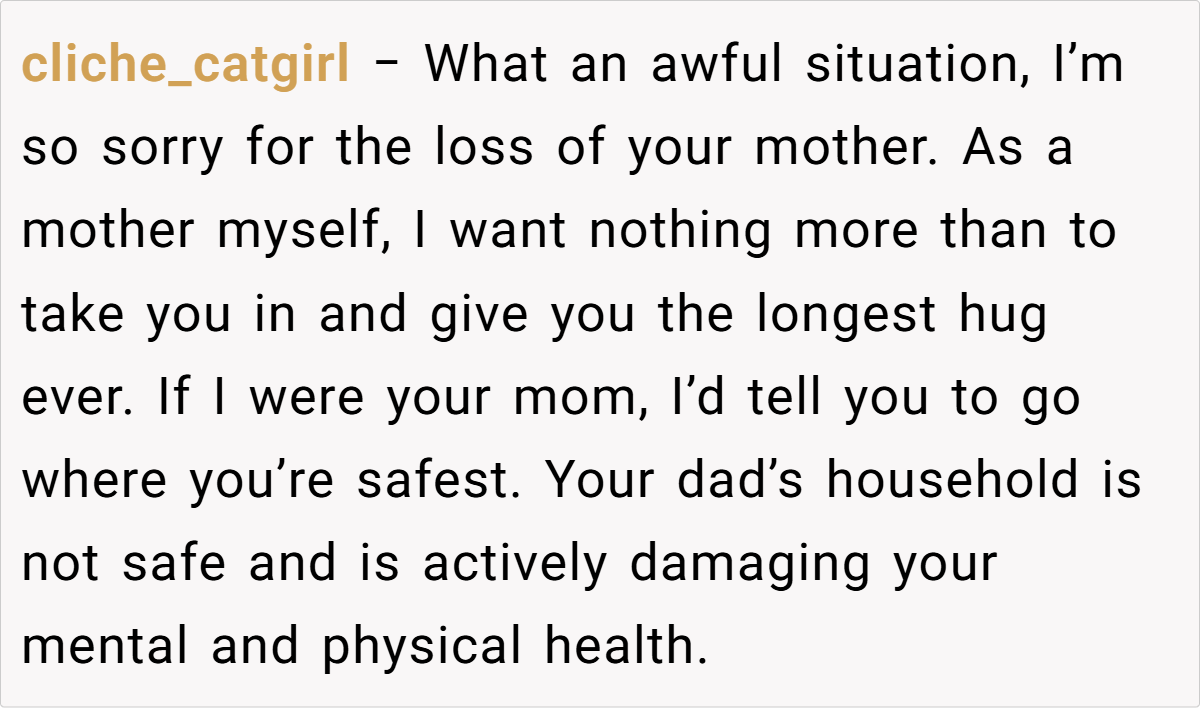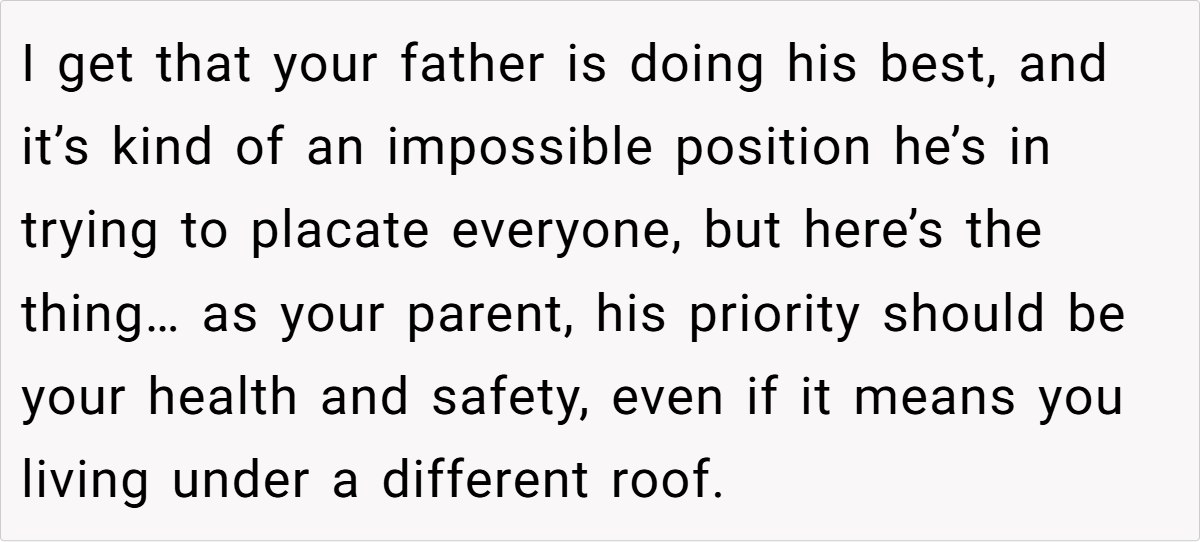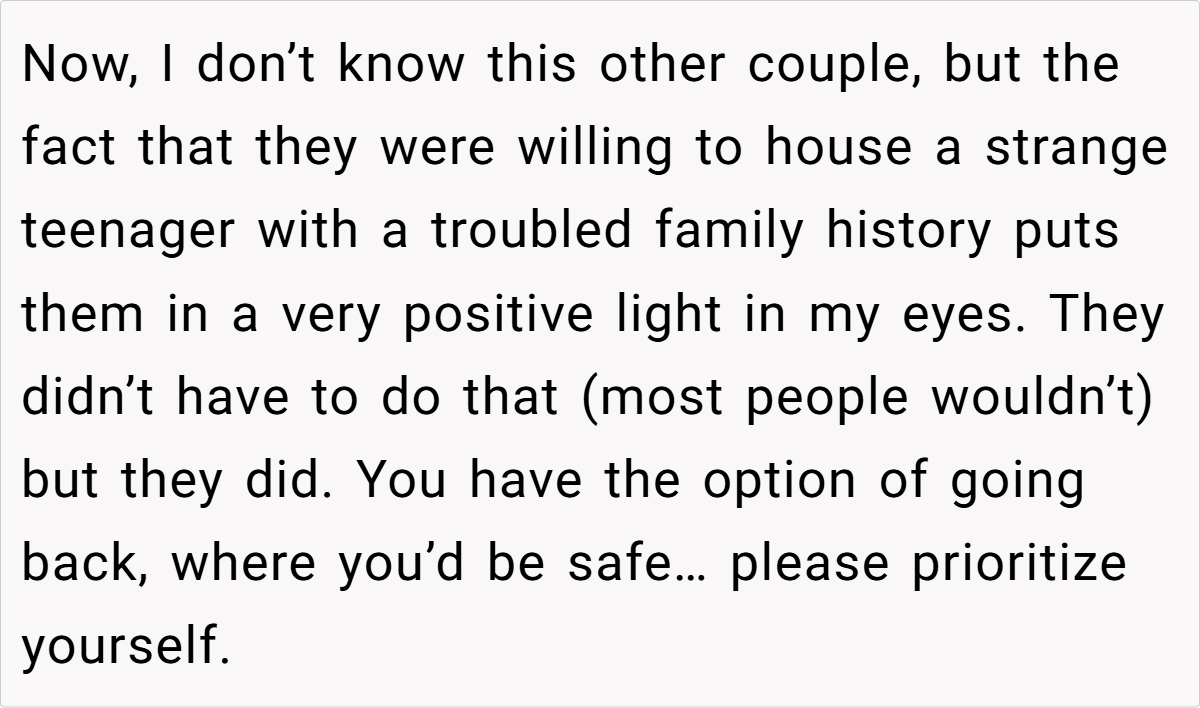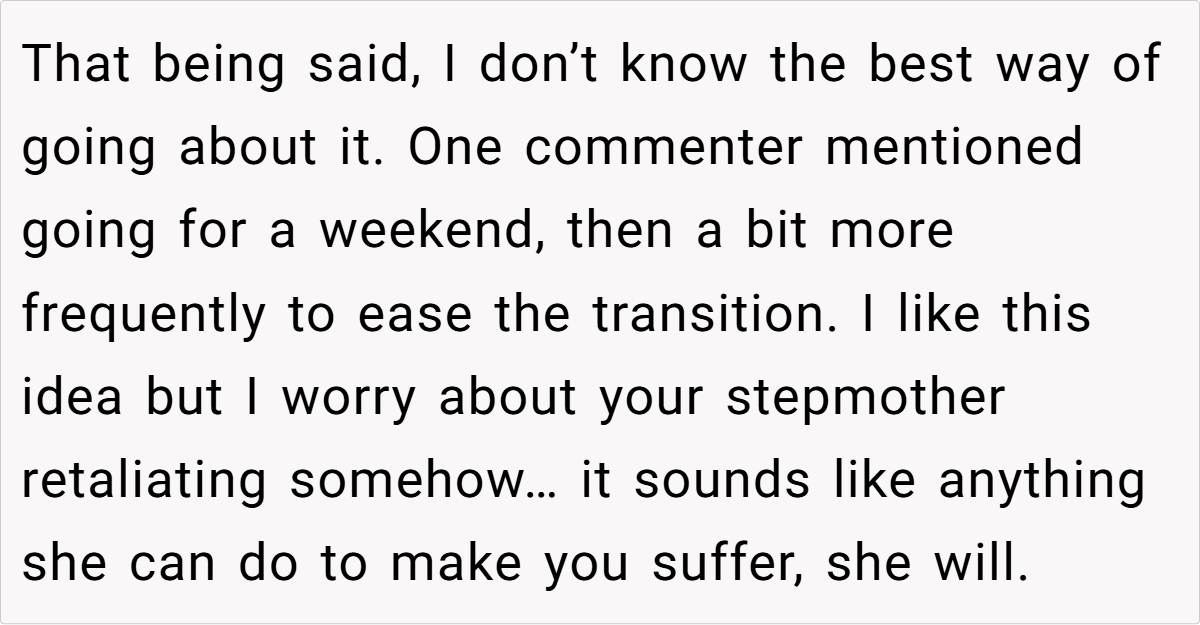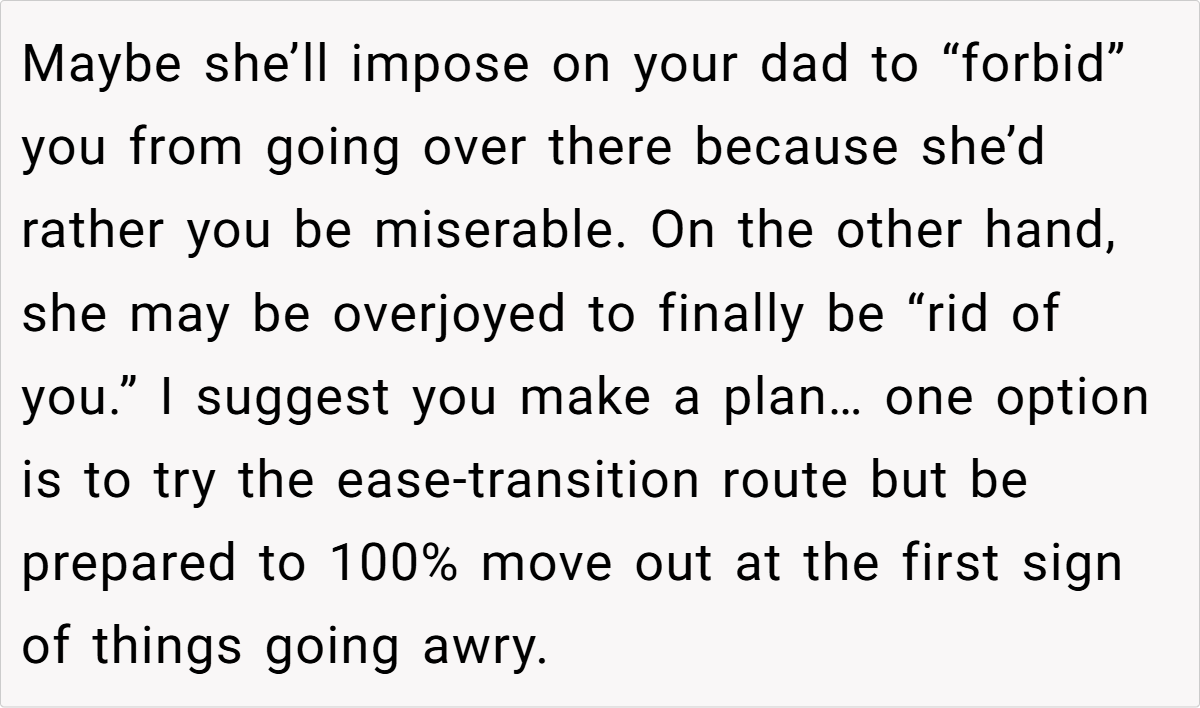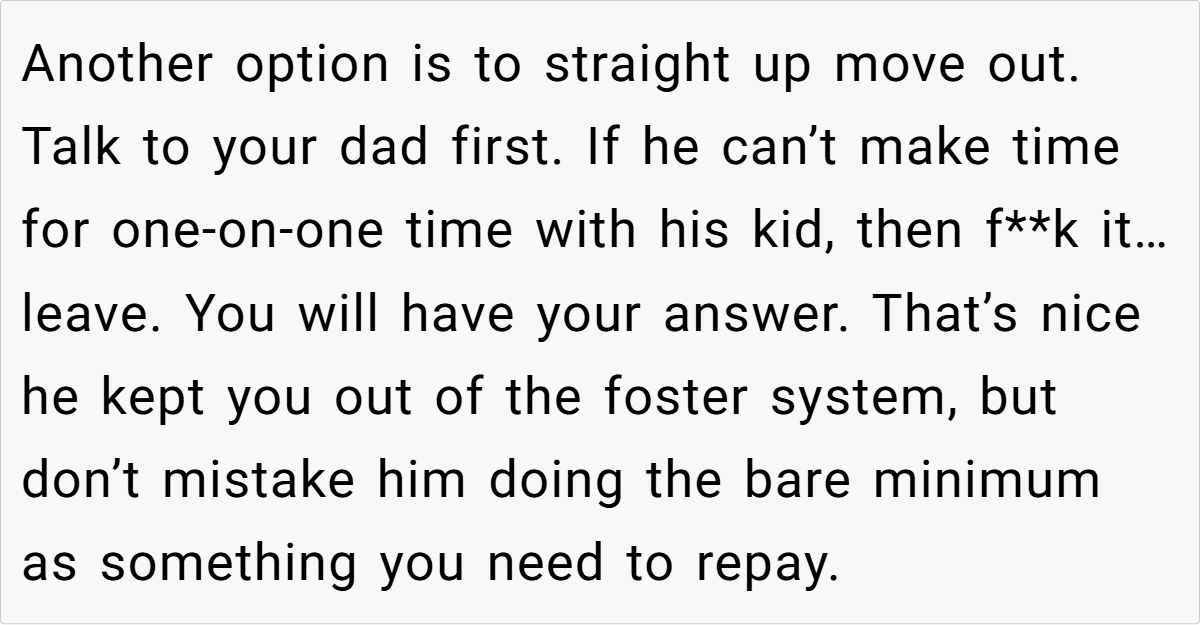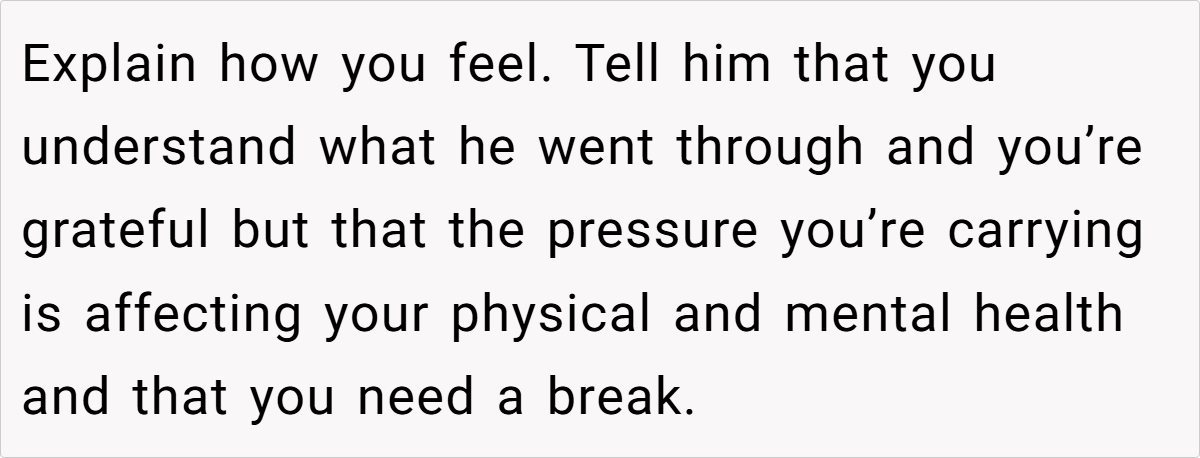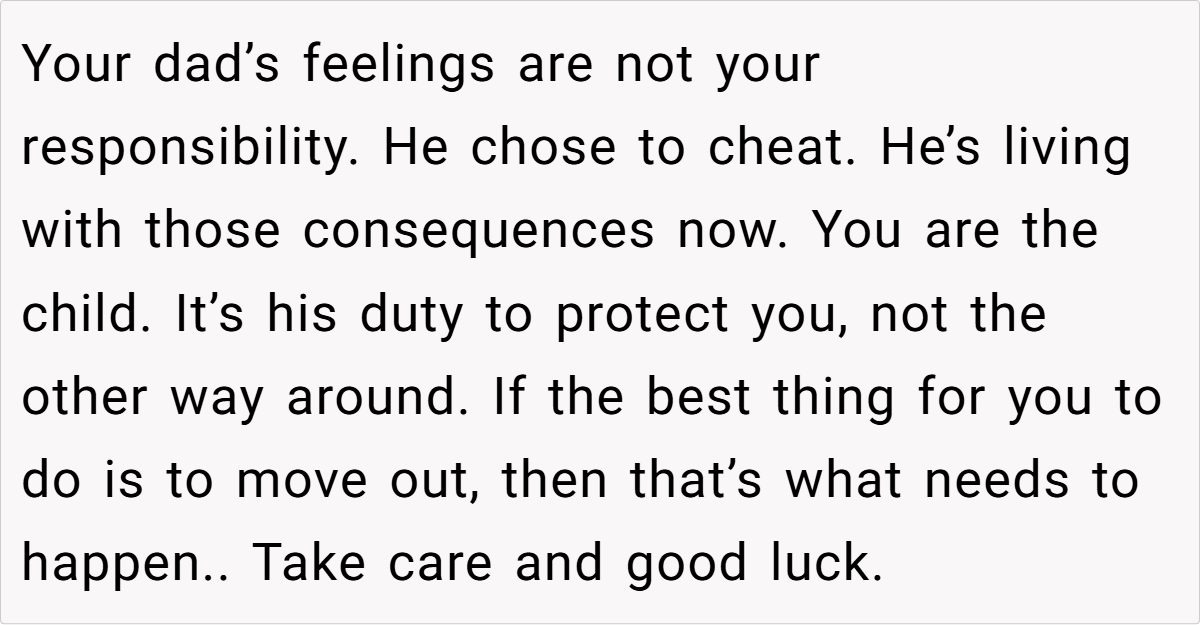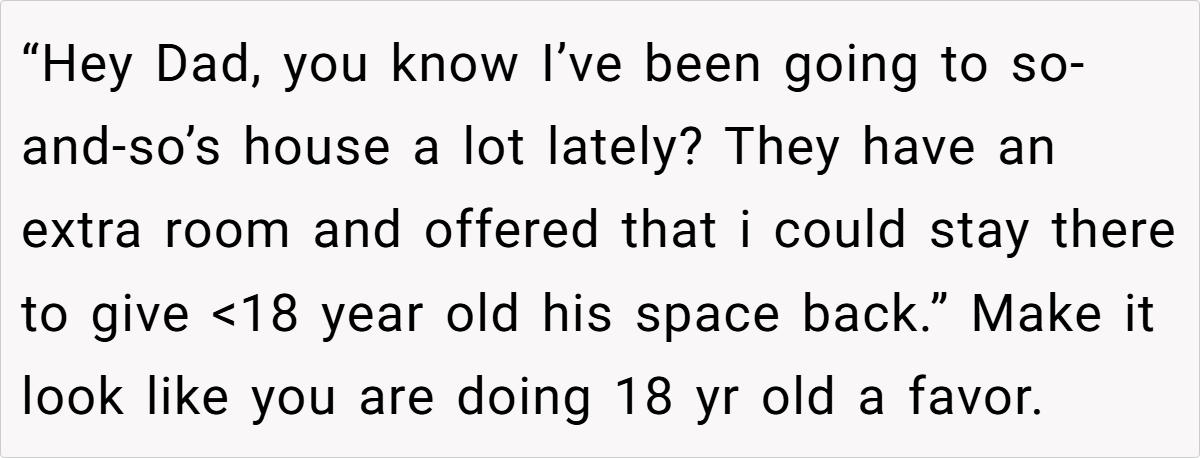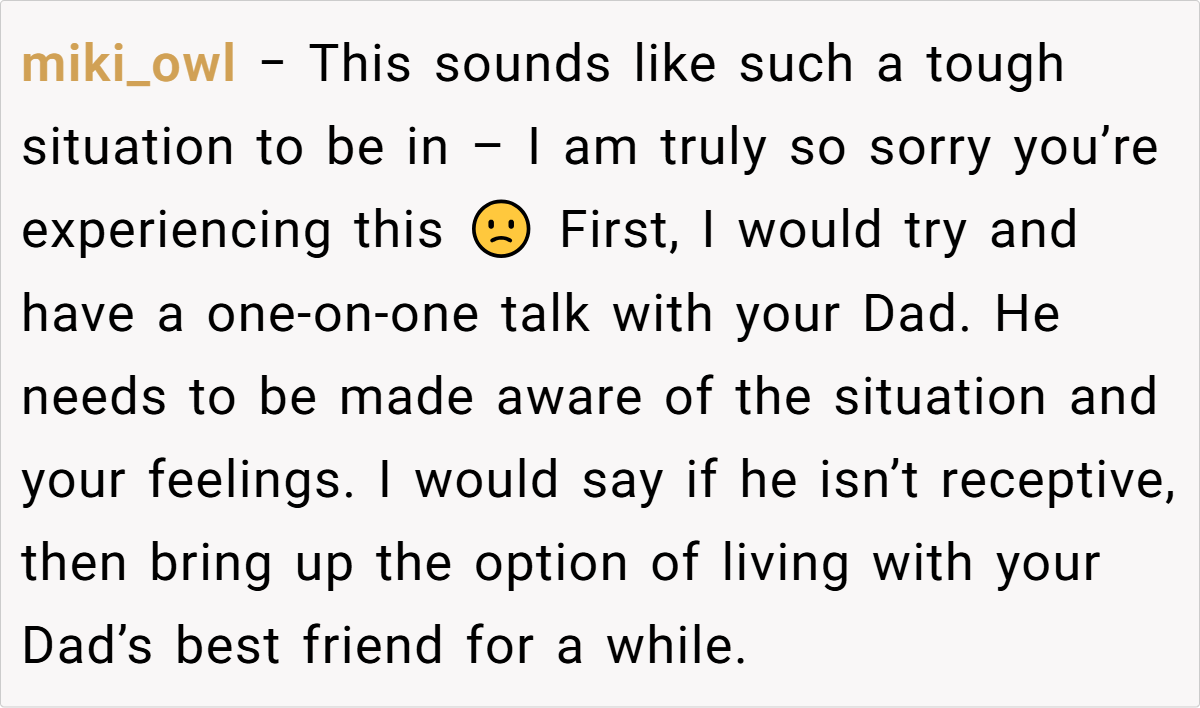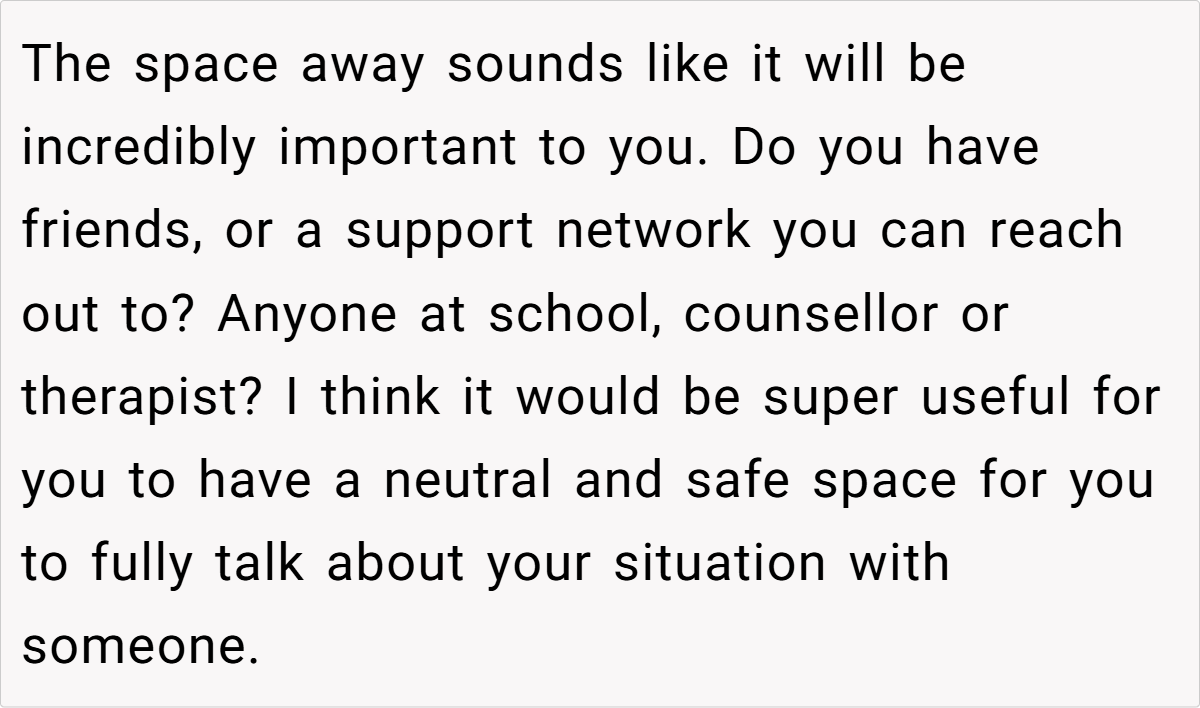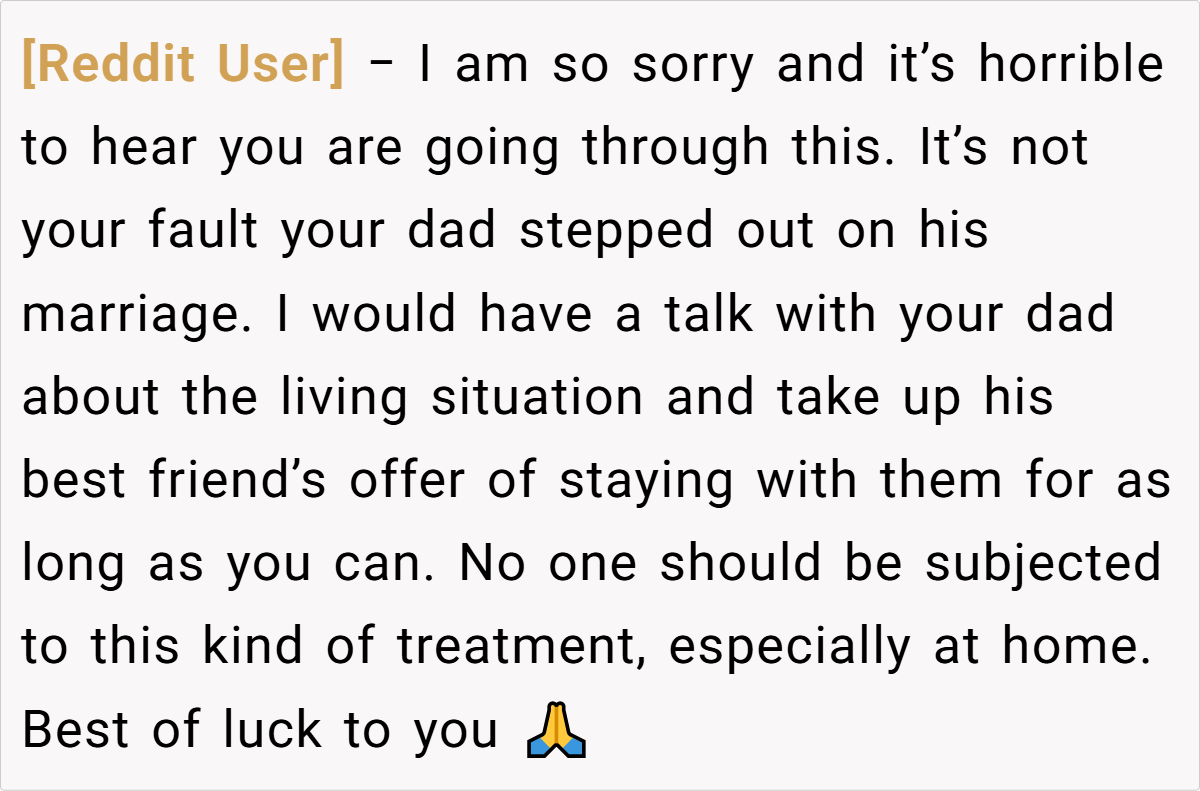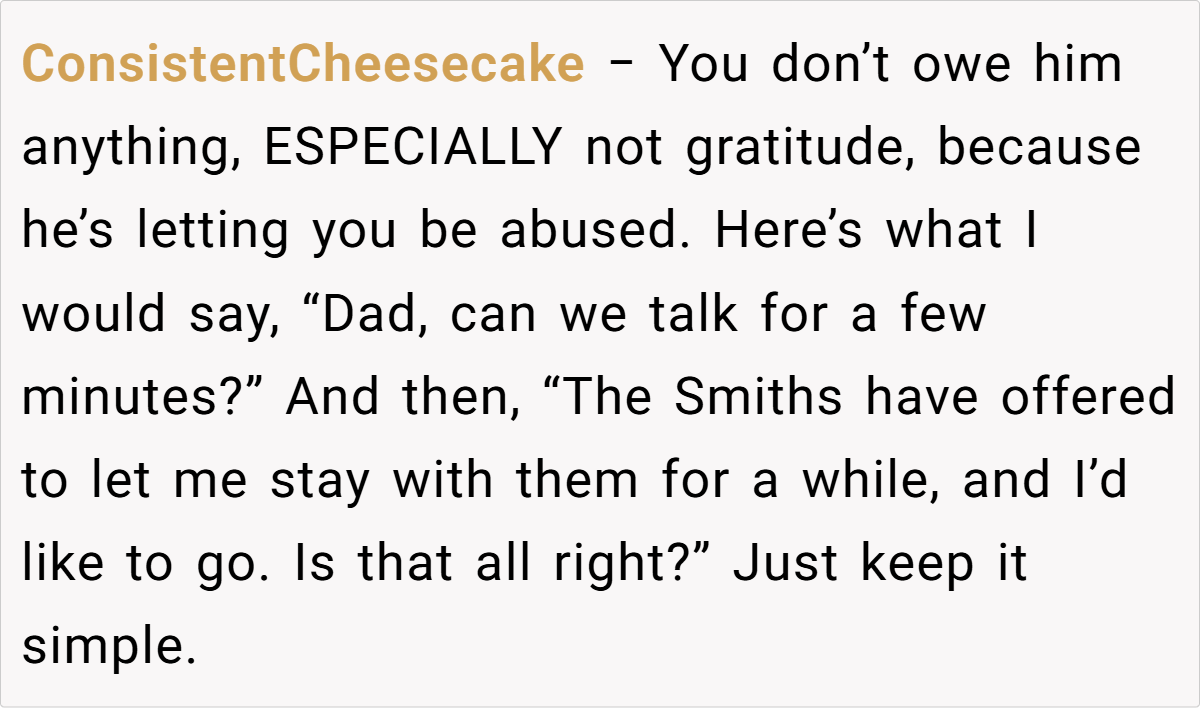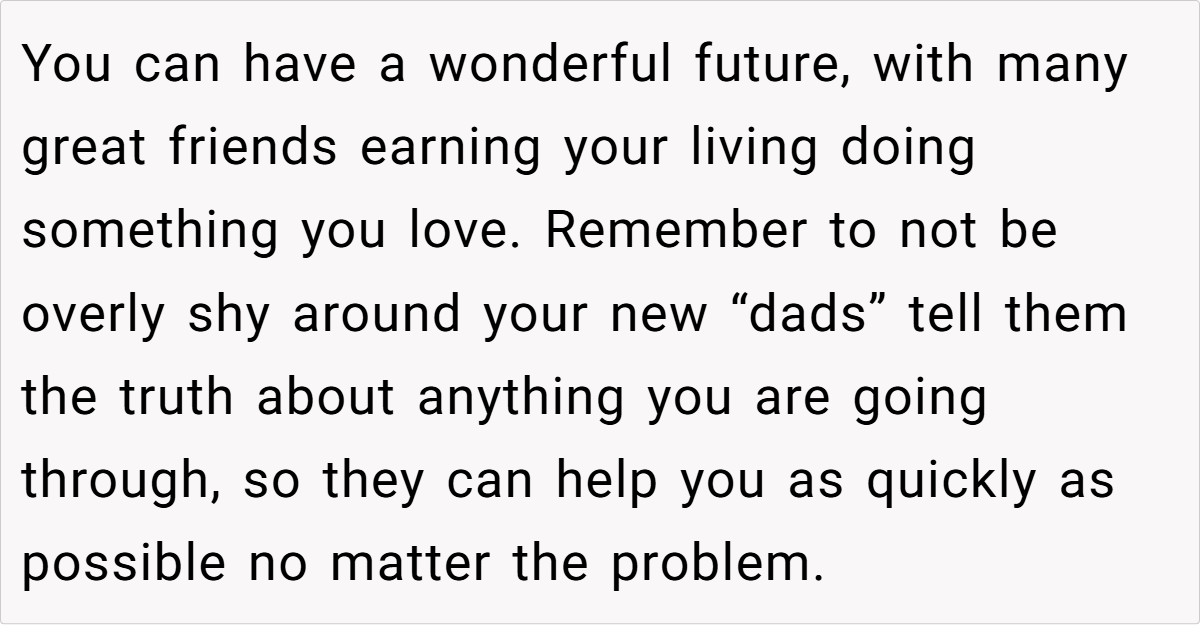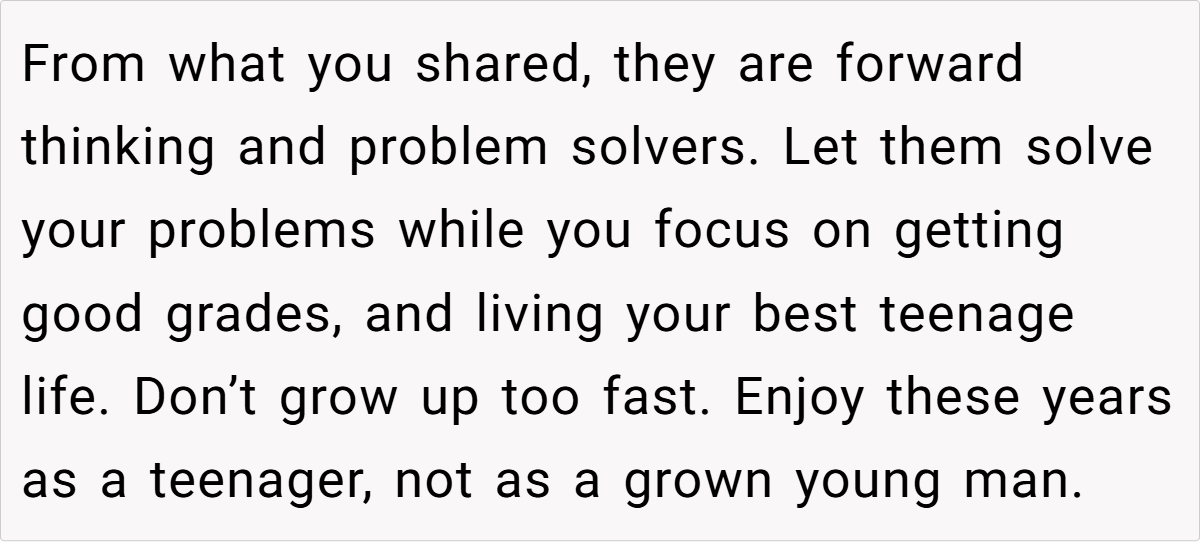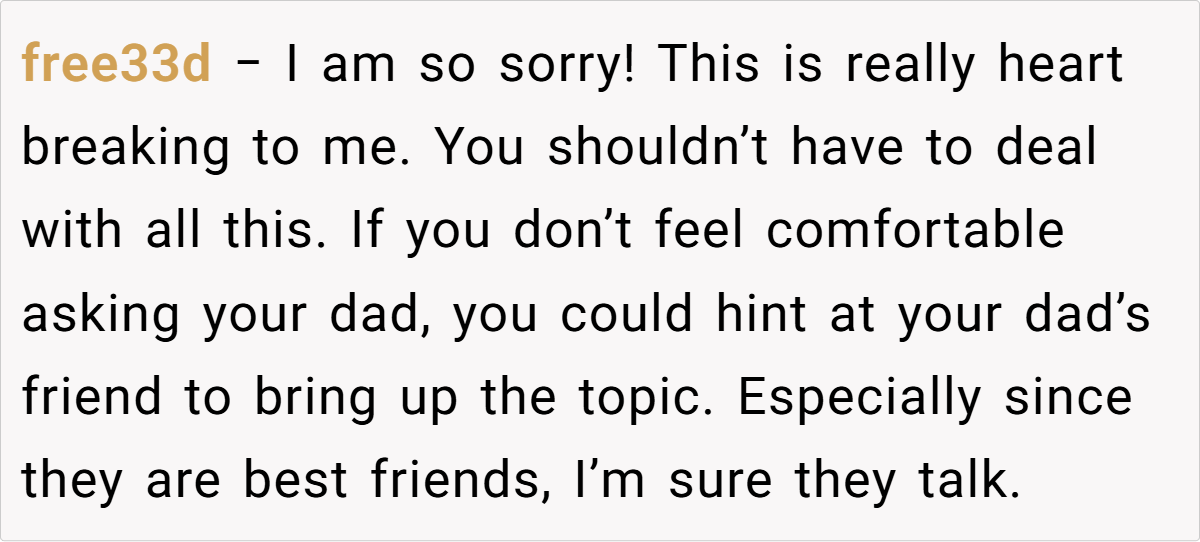Should I move out? How do I even ask?
Living under one roof with individuals who carry resentment can breed uncomfortable emotional turmoil. That environment, especially when there is a perceived sense of discrimination directed toward a young person, often leads to social isolation. In blended households, many children feel left out and uncertain about their place. This dilemma can represent a bigger societal problem of miscommunication and incompatible expectations within modern families.
In the following scenario, a teenage son faces psychological struggles after moving in with his father, stepmother, and half-siblings under tense circumstances. His mother’s passing and the subsequent conflicts with relatives push him to question how to cope with everything. That quandary fuels the account below, presenting a candid view of a delicate household and an uneasy path ahead.

‘ Should I move out? How do I even ask?’
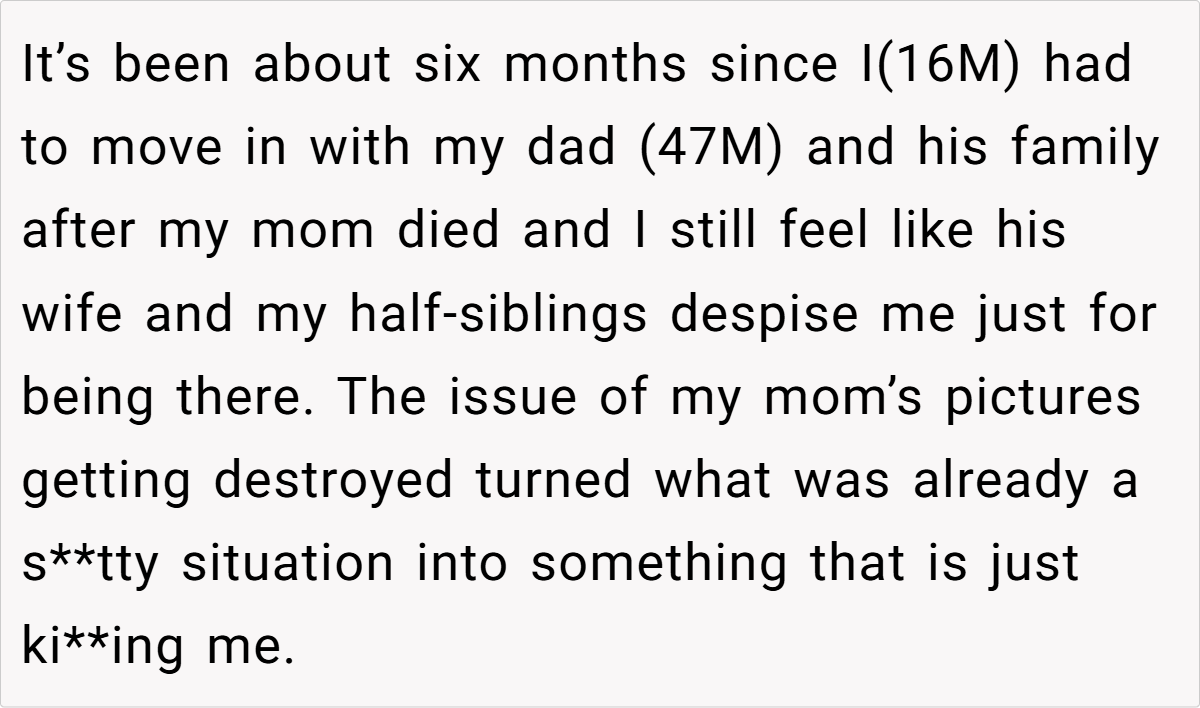
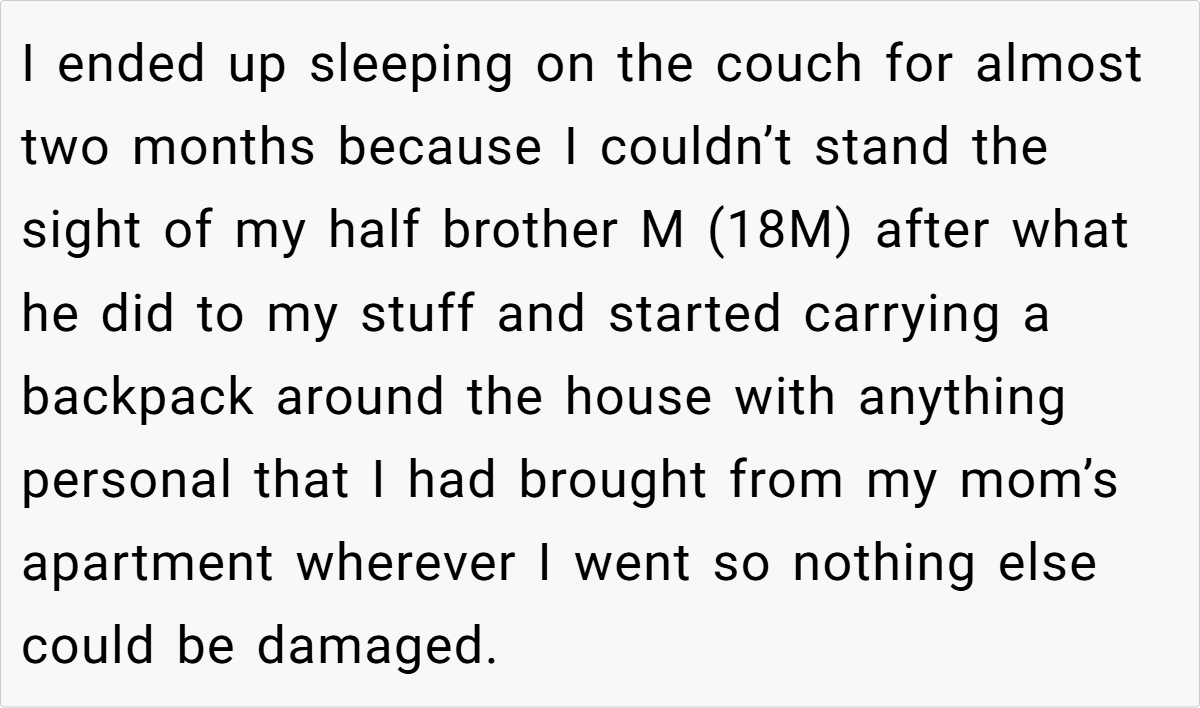
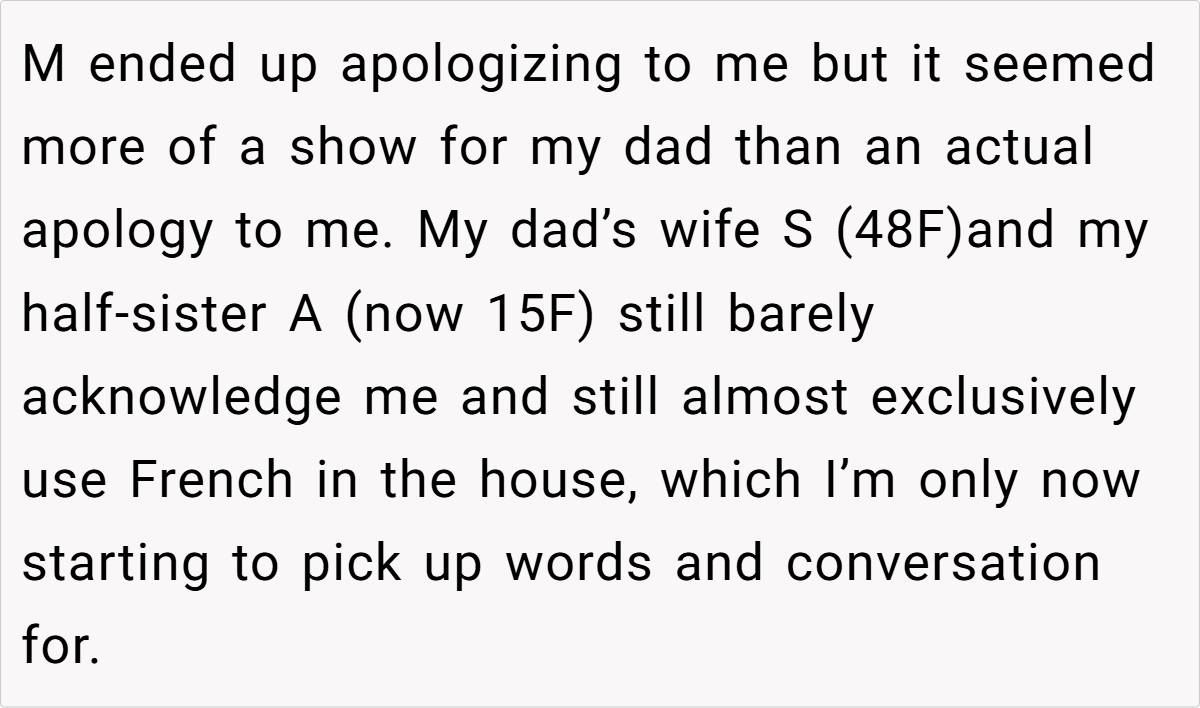
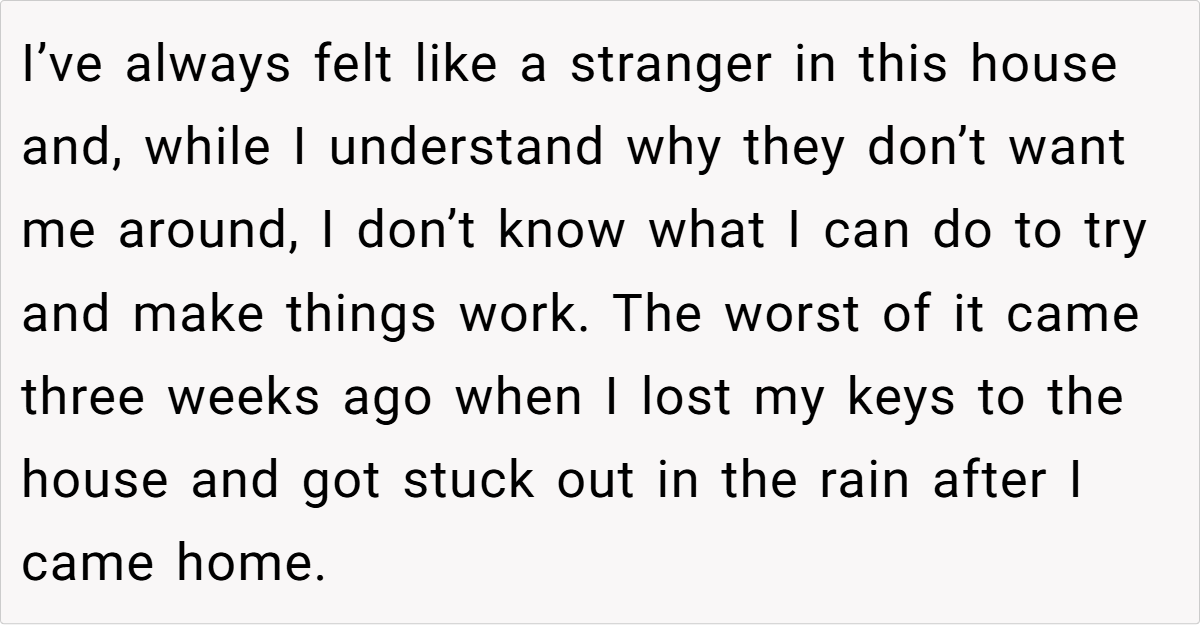
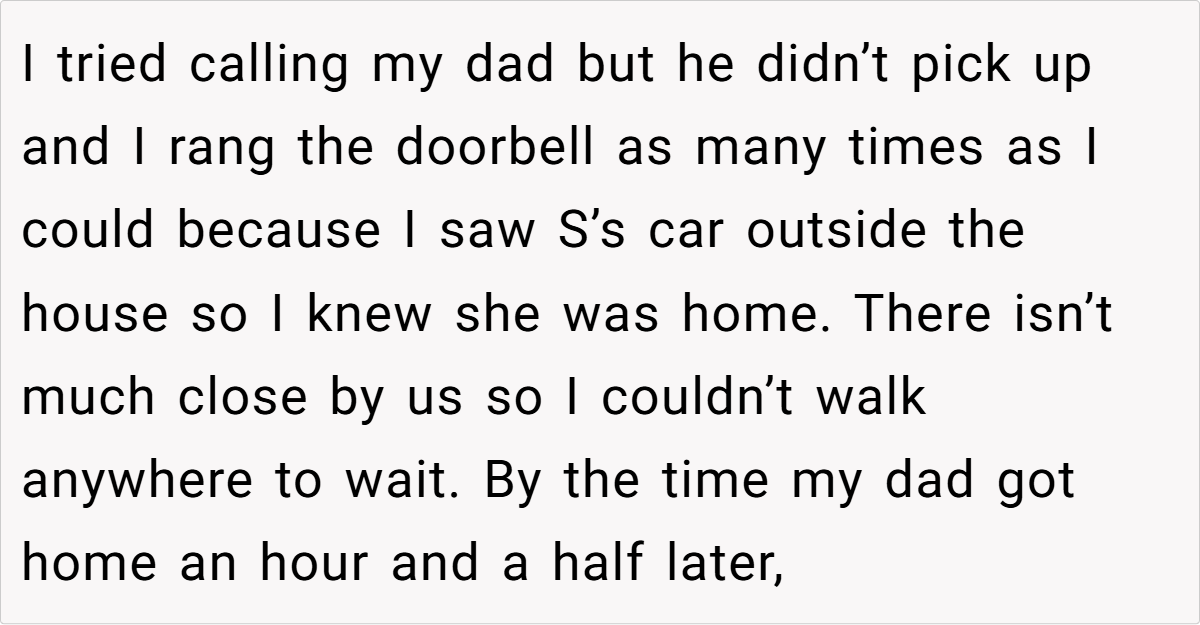
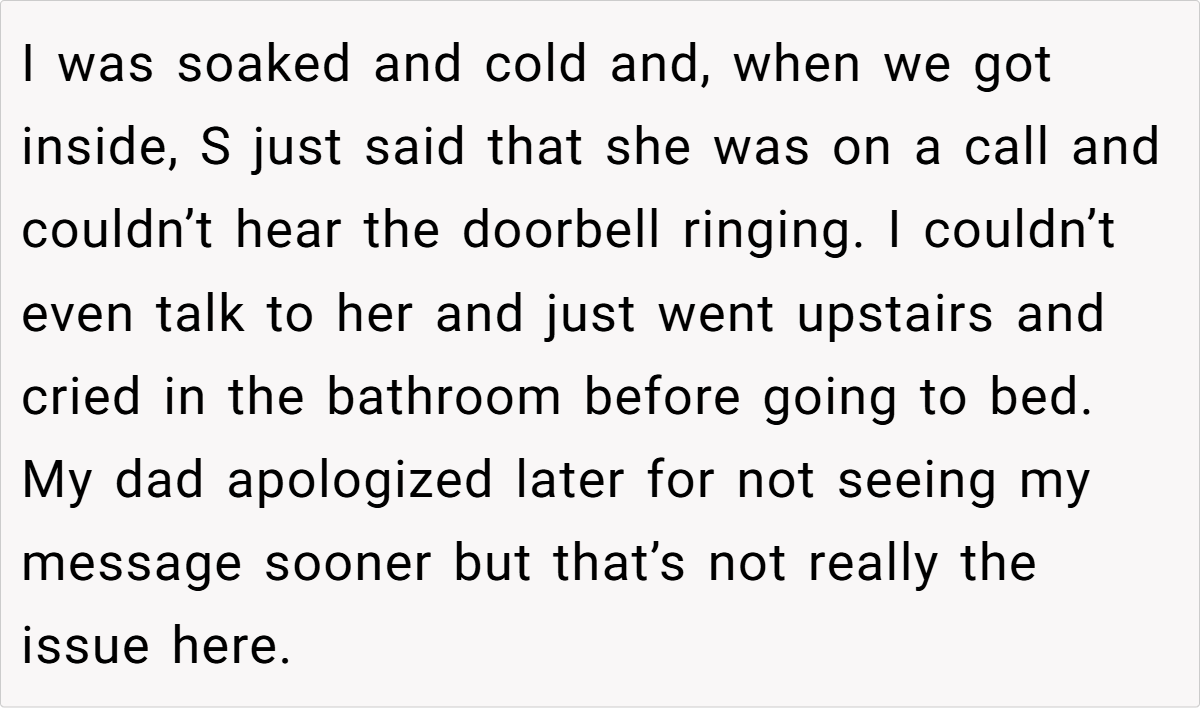
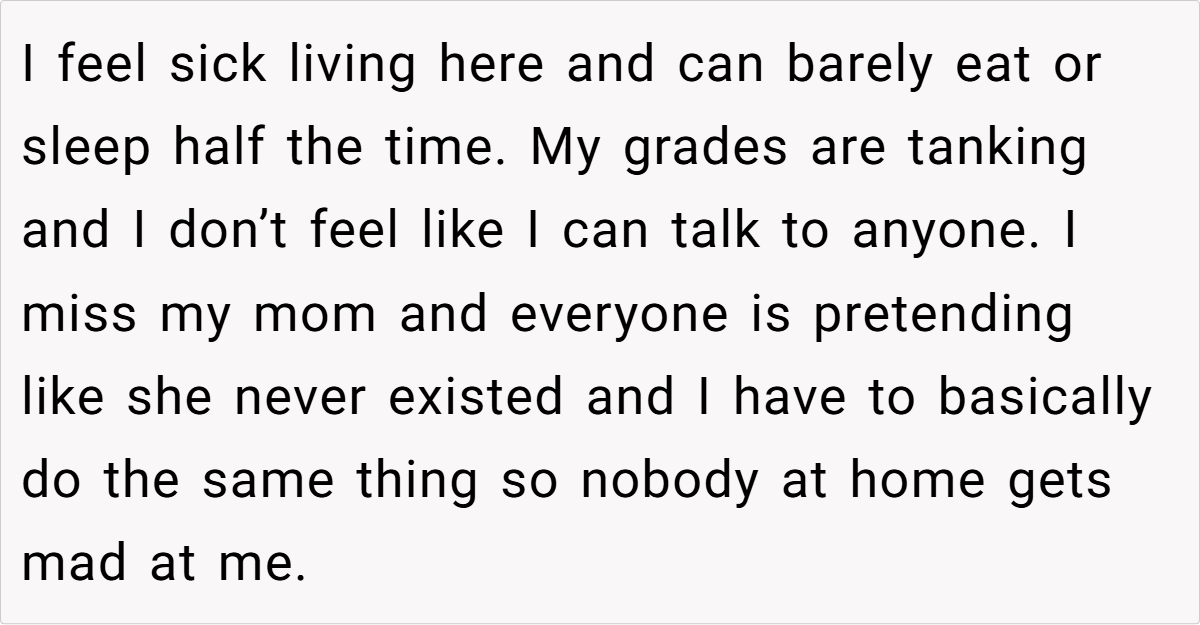
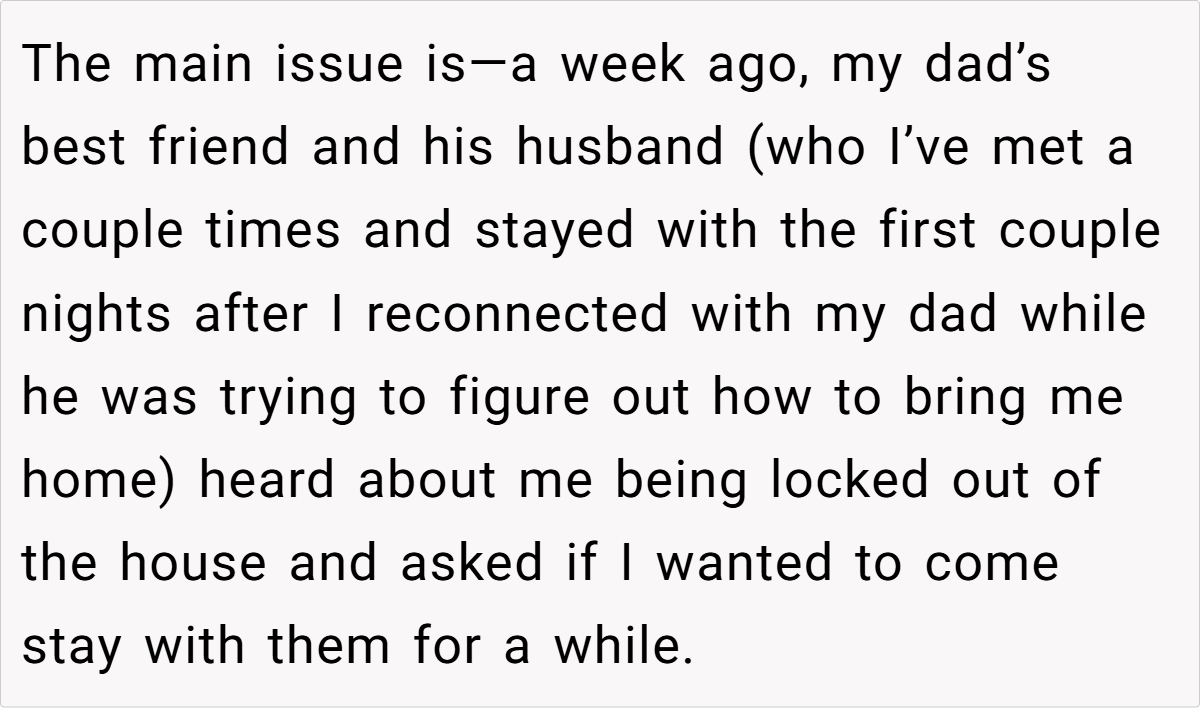
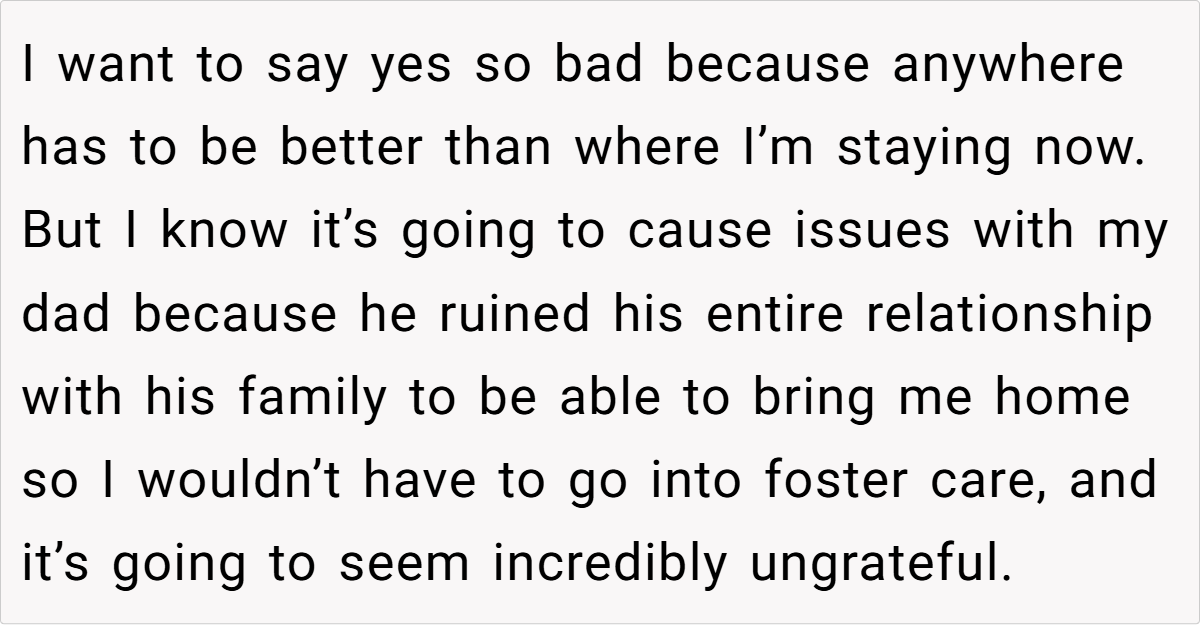
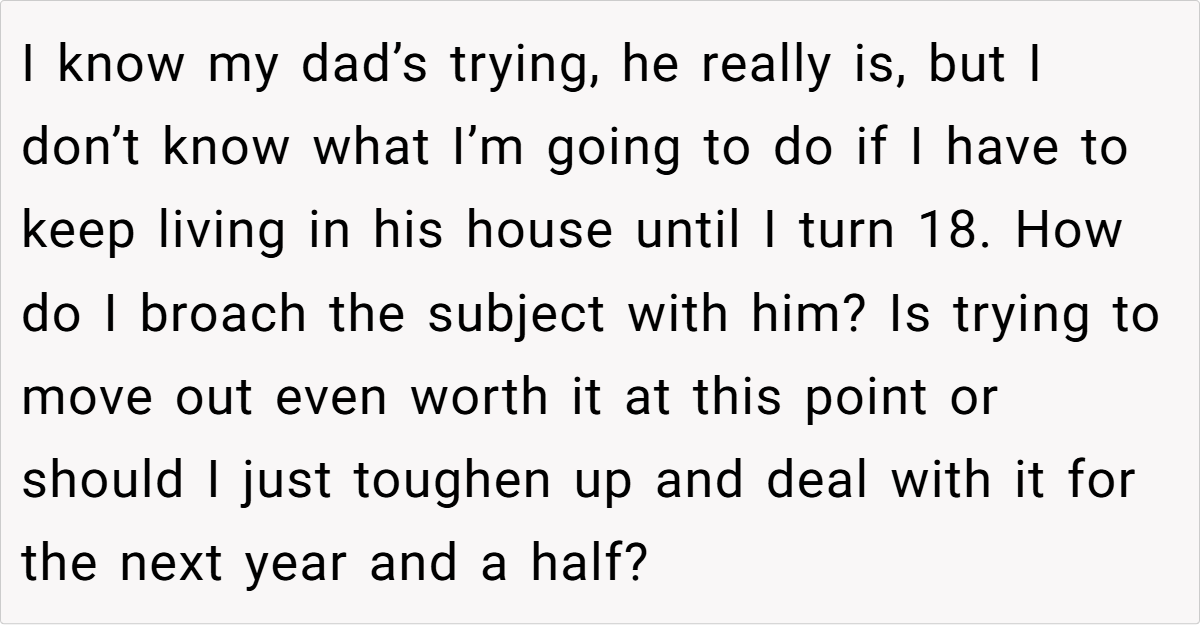
Blended families highlight extraordinary challenges. According to The Step Family Foundation, nearly 1,300 new stepfamilies form daily in the United States. Dr. Patricia Papernow, who researches these households, indicates that psychological obstacles often arise due to unclear roles and limited boundaries. Parents can inadvertently prioritize certain children, resulting in discrimination and resentment. Adolescents may experience stressful social isolation in such conditions. These hurdles illustrate how crucial supportive environments are for promoting stability and facilitating healthy communication.
Papernow’s book Surviving and Thriving in Stepfamily Relationships (2013) underscores the significance of structured conversation. She suggests that household members establish predictable routines to reduce misunderstandings. Communicating clear expectations can help children feel safe, even when emotional upheavals surface. If these strategies are lacking, tensions escalate. I, reflecting on this case, notice how the father’s home lacks constructive dialogue. Alternatively, professional counseling could uncover discrepancies. Even small gestures can improve compatibility in precarious contexts.
Licensed family therapist Dr. Anne Brennan Malec proposes that each parent should acknowledge every child’s grief, particularly in homes touched by bereavement. She discusses how step-siblings can develop empathy through transparent collaboration. See her observations in Marriage in Modern Life. In the original story, the teenager’s sorrow over losing his mother is barely recognized. That oversight can create self-esteem problems that linger for years. Addressing these wounds requires active participation from all guardians.
The father’s decision to keep the teen out of foster care demonstrates a protective instinct. Nevertheless, it is inadequate if the residence remains hostile. Experts note that unresolved resentments often spark prolonged conflict within blended families. A minor’s wellness can deteriorate significantly, fueling anxiety and deep loneliness. I, considering Dr. Malec’s approach, see that family therapy might mediate these tensions, especially when animosity runs high. Parents must focus on healing, not perpetuating blame.
Openly discussing feasible alternatives is central to building workable solutions. Child welfare advocates, including the American Academy of Child & Adolescent Psychiatry (https://www.aacap.org/), recommend scheduling regular check-ins with neutral facilitators or school counselors. These sessions create a safe place to raise grievances and take tangible steps forward. If the adolescent keeps living in an uncomfortable atmosphere, mental health can decline. Alternatively, temporarily residing with trusted adults can enhance emotional stability while parental connections recover.
No single method fits every family, so each arrangement demands thoughtful analysis. A neutral viewpoint asserts that conflict resolution must involve honest dialogue, consistent boundaries, and mutual willingness to adapt. Dr. Papernow emphasizes empathy as a fundamental building block for success. In this situation, applying those professional insights could reduce distrust and encourage authentic respect. I see how every participant might gain from external guidance. With proper support, stepfamilies can move from chaos to a place of constructive growth and deeper understanding.
Take a look at the comments from fellow users:
A quick overview of the top reactions suggests that most commenters sympathize with the teenager’s predicament. Many encourage him to accept the offer to move in with his dad’s best friend, insisting that no one should endure a harsh household. Others emphasize that the father’s effort is admirable but insufficient if the toxic atmosphere remains. Several respondents propose open talks, therapy, or a transitional plan to avoid sudden conflict. This cluster of advice centers on preserving the teen’s mental well-being.
